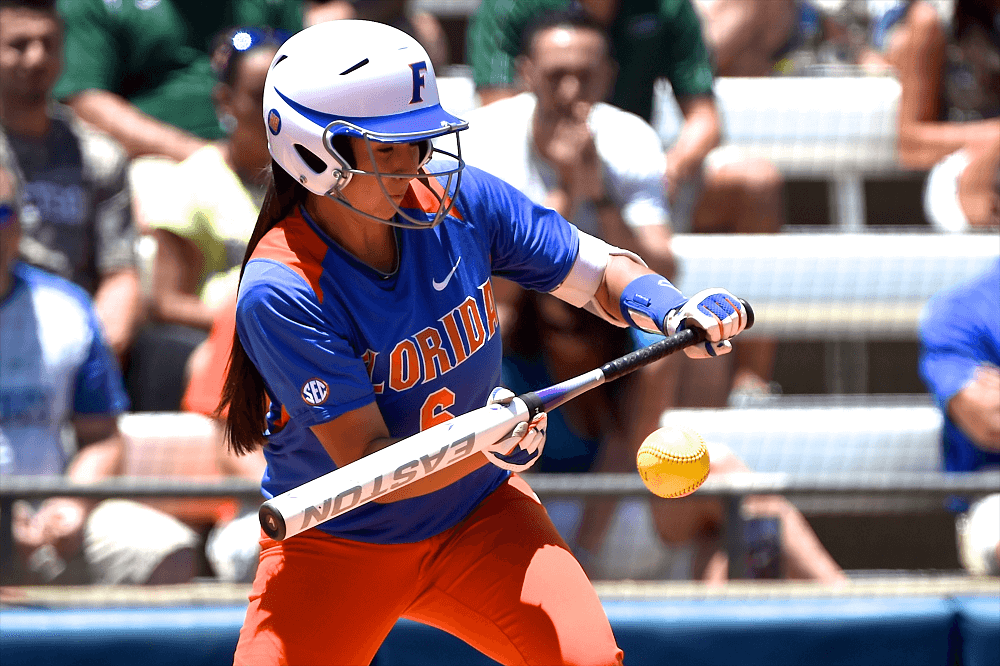In every sports event, there will always be someone who will try to win no matter the cost and in whichever means. The desire to triumph and defeat other competitors leads, more often than not, to doing something against the rule of the competition. Cheating becomes an option, especially for the desperate.

Via espn.go.com
There are many ways to cheat your way to success. One only needs to consider the things used during the game and use them to his advantage. In softball and baseball, for example, there are the field, the ball, the bat, and the athletes themselves. An athlete then can use steroids, spitballs, corked or juiced bats, and many more. It may not seem obvious now, but in the past where the rules are vague, these methods were not labeled as cheating.
Rules put a clear line between what is acceptable and what isn’t. Like many other things, when baseball and softball began, no clear rules existed yet. It was only the game, the players, and whatever they decided on. Even when leagues were created, there still wasn’t a universal and each league followed the few rules they have agreed within themselves. Still the games were held.
Softball existed for years before large organizations like Amateur Softball Association or ASA took over and formulated the universal basic rules for the game. Even with this, cheating did not stop. In the 60s, balls were put inside the cooler to make it harder; thus, travelling further. Then, in the 70s, they were put inside the microwave to make them even harder. All these is nothing, however, compared to the tricks athletes do with the softball bats.
In order to create the best softball bats, people experimented with them to try and see whether they can optimize their performance. In the old time when bats were mainly made of wood, there was almost nothing they can do. Then came the 1960s. Easton, a bat manufacturer introduced the first aluminum bat. Balls bounced quicker and travel further with it than the wooden one. It was found out that this is because the bat is hollow inside. It was then that people started to shave their bats. Even wooden bats are sent to the chipper. People would put all kinds of things inside it, testing the bat’s performance each time. One of the most popular filler is the tennis ball. This is still used in juicing the bat.
After the aluminum bat came the titanium, and finally, the composite bat by Louisville Slugger. The bat won the best “Performance” award at Florida Bat Wars. With these innovations, people caught up and discovered the secret to make their bats perform better. More and more people try to surpass each other by creating the best softball bats. Finally, ASA and other organizations saw the implication of these and banned all high performance bats that did not qualify with the standard they had set.
The rules were set, but illegal softball bats were still continually produced and sold. Most leagues have banned them, but a few remained open to the idea. Nowadays, the most common way to improve the bat’s performance is by juicing them. This involves shaving, rolling, or enloading. Some even combines two of these methods to further enhance quality. These techniques are not new, of course.
The use of illegal bats may be frowned upon many, but there’s no doubt that behind every cheating method, is innovation and creativity. It’s good to see these optimized equipments take their part in a real game, too. However, as rules should be followed, athletes must know their limits. Juiced bats should only be used in games where they are allowed. If a league bans them, respect should be duly given to the organization. Several athletes have been caught using some of them and the act always leads to suspension.
Winning may give an athlete a deep kind of satisfaction, but there is nothing more satisfying that winning a game fair and square.


